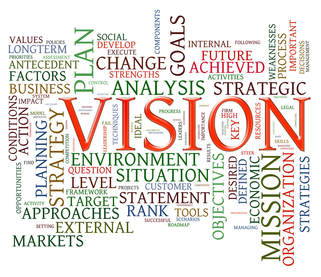
Make no mistake. Trust is vital in organisations. Trust with your customers, end users, stakeholders, regulators and staff takes years to build and minutes to lose. Trust is the emotional glue that brings people together to work and interact in a planned and meaningful way.
Distrust, discomfort, stress and conflict
Organisations that do not have a high degree of Trust can be dangerous places to work because personal ambition, who you know and political agenda detract from the core business. They are not nice places to work. Productivity is low and the best people tend to take off to better employers. Customer service tends to be appalling and relationships with stakeholders and suppliers are typified by suspicion and “getting one over” on them occupies too much time.
So, where does your organisation fit in the Trust stakes?
You may like to know that we have developed series of modules to provide accurate and precise feedback on how you are doing along the following lines:
- Your Customers, end users, consumers – (if you are in the public sector read this as end users, the public, citizens, user groups and patients, residents and passengers)
- Relationships with stakeholders, investors, regulators and suppliers
- Trust across the organisation – functional reliability and cross functional working
- Trust in functional and smaller teams
- Trust between staff and managers
High Trust & Positive Working
Organisations that portray a high degree of trust between people, teams and departments are more coherent and cohesive in their actions. Trust is vital for working productively and in unison.
An organisation with a high Trust index is typified by the following:
- Being focused with clear direction
- Shared vision of positive outcomes
- Engaged in meaningful and satisfying work
- Positive shared values in working together
- A positive organisational culture supporting growth and learning
- Honesty
Low Trust, Cultural Conflict, Anxiety and Stress
An organisation with a low Trust index is typified by the following:
- Ambiguous direction and outcomes typified by ‘bully boy’ leadership
- Focus on ‘my turf’ and what’s important to me and my career and my personal ambition to get on ‘no matter what’
- Working relationships having only win-lose outcomes
- Suspicion – major communication is through the grapevine and rumour mill
- Fear driven culture - with command and control attitudes
- Personal political agendas
It is no surprise that most people would always opt for working in the first type of organisation (illustrated above), but may find, for whatever reason, that their current team or organisation is starting to take on board the characteristics of the second organisation (outlined above).
Desirability to Assess trust in Organisations
It is pretty obvious that Trust is an important component of the organisational culture. A culture where ‘Trust’ is dominant will be committed to engaging with staff at all levels. Trust is vital in working relationships and is demonstrated when you witness functional harmony and teamwork. Organisations that demonstrate high levels of Trust also project that Trust to their stakeholders, end users, customers and clients. Organisations with a high Trust index deliver much better customer service than their low Trust counterparts.
If you would like further information on how to measure Trust in your culture email Philip here [email protected]
If you’d like to read through our highly reviewed published article and Trust report please click below.
| trust_-_philip_atkinson.pdf |
| trust_report-devlin_atkinson.pdf |

 RSS Feed
RSS Feed

